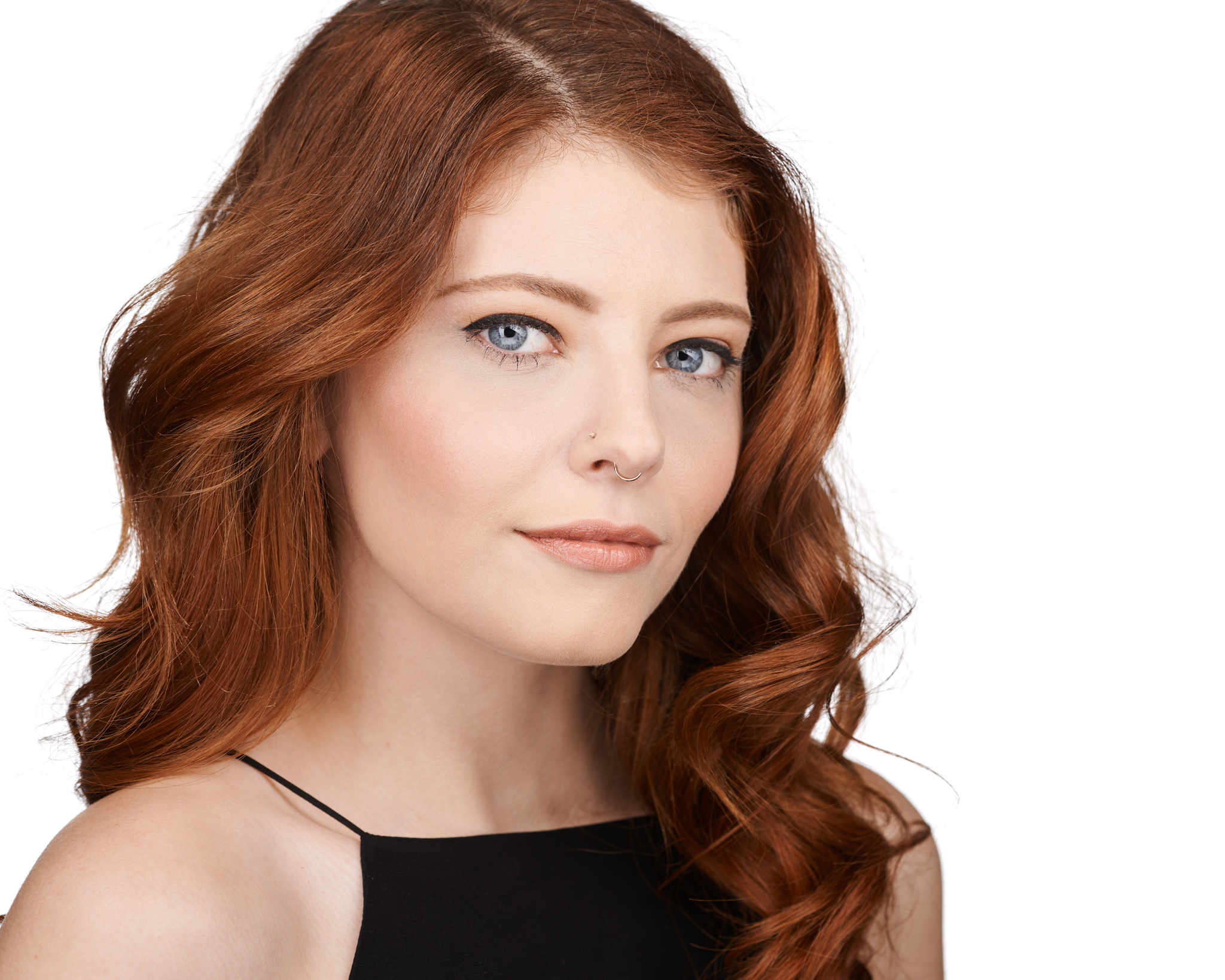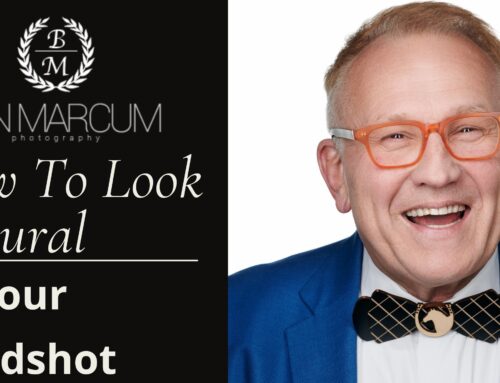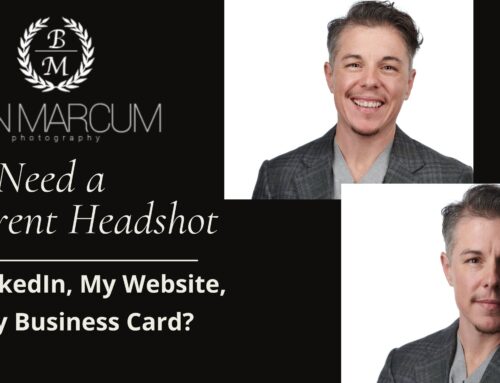Should you go with a white background or a grey background for your professional headshots? Maybe it needs to be blurry? Who knew there could be so many choices about what’s going on behind you!?
Let me help.
What Is The Best Background For Headshots?

What’s the best color background to use for a professional headshot? Truthfully, there’s no right or wrong answer to this question. It all depends on your personal preference and what you want your headshot to say about you. Some people prefer a blurry background, while others prefer solid colors. I recently watched a panel of five casting directors talk about headshots, and—surprise—they all had different opinions! Your opinion matters too. You get to decide how you want to represent yourself.
Solid Color or Blurry Background For Headshots?
Personally, I lean towards shooting with a solid color background. I use white and gray most of the time. There are a few reasons for that, but it certainly doesn’t hurt that I’ve been heavily influenced by photographers like Peter Hurley, Richard Avedon, and Irving Penn—each of them a master of their craft, and all known for using simple, clean backgrounds.
But let’s be real for a second: your headshot is about you, not the background. In a headshot, we have to convey a lot of information in a small space. I don’t want anything in the image competing with you. By using a solid background, I make sure that when someone sees your headshot, you are the focus.
Now, once you’re done reading this (and hopefully checking out a few more blogs), go scroll through your Facebook, Instagram, or LinkedIn feed. Pay attention to how blurry backgrounds look when you’re quickly scrolling past. Do they make the person stand out, or do they blend in with everything else? It’s worth thinking about.
Solid White or Gray Backgrounds for Professional Headshots

At the end of the day, if the background is the first thing someone notices in your headshot, we’ve got a problem. It doesn’t matter if it’s a solid color, a blurry background, a painted backdrop, or a field of flowers. You need to be the focus, not what’s behind you.
Going with a solid, neutral background also makes selecting what you’ll wear for your headshots much easier. You don’t have to worry about the color of your clothing clashing with your surroundings.
White and grey backgrounds are also timeless. As well we all know, trends change very quickly. the last thing you want is for your headshot to look outdated in 3 months.
The genuine reactions I capture from people during a session are what make my headshots successful. I don’t need a fancy background to make that happen—it’s about the connection I build with the person in front of my camera. I’m coaching you through every step of the way, and that’s where the magic happens. I’ve always found that simpler backgrounds allow that connection to shine through in the final image.
So, what’s the best background for a professional headshot? The one that makes you the center of attention. Whether it’s a solid color or something more creative, if the background is taking the spotlight, we’re missing the point. Your headshot is all about you, and that’s where the focus should stay.






